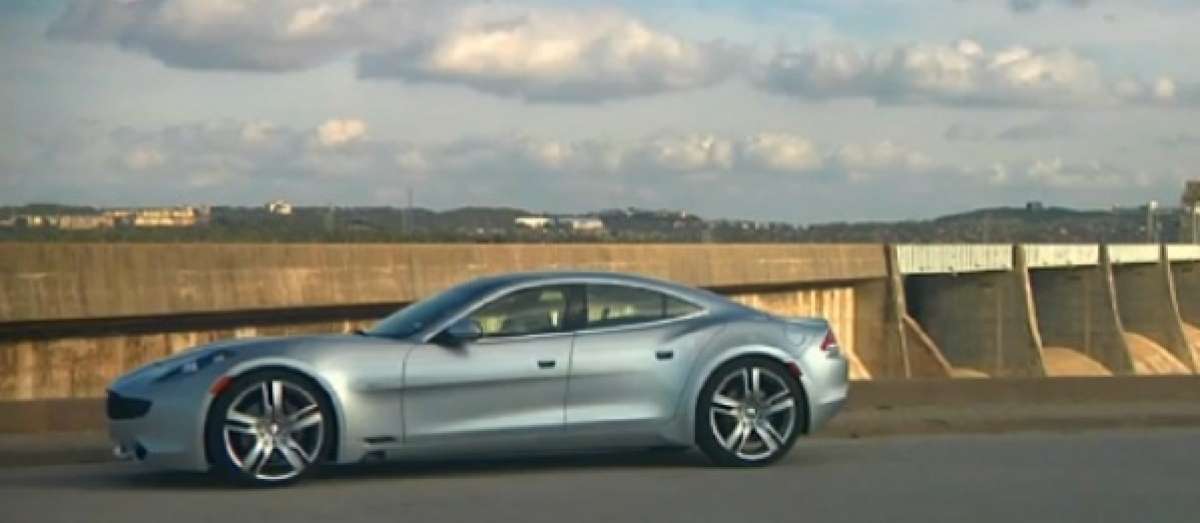Friday afternoon, the Obama administration announced the results of its loan to Fisker now that things have shaken out. Bad news that is trying to be hidden from a news cycle is always released on Fridays. Not to worry though. According to US Energy spokesman Bill Gibbons, "While this result is not what anyone hoped, the ($139 million loss) represents less than 2 percent of our advanced vehicle loans, and less than one-half of 1 percent of our overall loan program portfolio.” Do you feel better knowing that there is about $30 billion more in loans like this?
The Fisker Karma was an electric supercar costing over $100,000. It was subsidized by the American taxpayers with tax credits, loans that are now defaulted on, and the taxpayers of Maryland even paid for the operating costs of the factory. All this so that a couple thousand millionaires in the US and a handful in Europe could have an electric supercar they didn’t have to pay full price for.
When I drove the Fisker Karma the company vice president told me from the back seat that the wood on the dashboard had been reclaimed from the bottom of a lake so deep and low in oxygen that the wood did not suffer any rot over many years of being in the water. The point of this was that the Karma was built to be as sustainable as possible. This struck me as a bad way to spend other people’s money then, and now it just seems absolutely tragic.
About a year ago we published a story predicting that the Fisker electric supercar would not succeed and the Chevy Volt and Nissan Leaf would. We also made the claim that Tesla will not survive. So far that prediction is three-quarters correct. Coincidental with this week’s announcement, Tesla sent all of its Teslerati an e-mail clarifying and reiterating that its mission is not to supply Model S electric super-sedans to millionaires. The e-mail said in part “I suspected that this could be misinterpreted as Tesla believing that there was a shortage of sports cars for rich people, so I described the three step “master plan” for getting to compelling and affordable electric vehicles in my first blog piece about our company. This was unfortunately almost entirely ignored.” Founder Elon Musk wanted to be sure that people understand that the real mission is to someday do what the Volt and Leaf do now. Tesla repaid its loans to the US government earlier this year, so we are not sure why it is paranoid. Maybe it is the $7,500 in tax rebates each millionaire that buys one gets. It is hard to say.
Nissan Leafs and Chevy Volts now sell for under $29,000 in markets like California that augment the federal taxpayer subsidies. Each month the “affordable” Chevy and Nissan sell about the same number of electric cars that Fisker did in its entire existence. Honda, Fiat, Mitsubishi, and others also have cars for sale now in that price range. Given the volume of "affordable" electric vehicles now selling each month it is now strange to think that the US government felt the need to loan money to Fisker.
Controlling the news cycle is a smart and effective way to cover up embarrassing mistakes. Stopping electric super-car subsidies that go to the wealthiest Americans would be another way.
Still image and video courtesy of Youtube.com and Brian Greenstone (Fisker owner)





